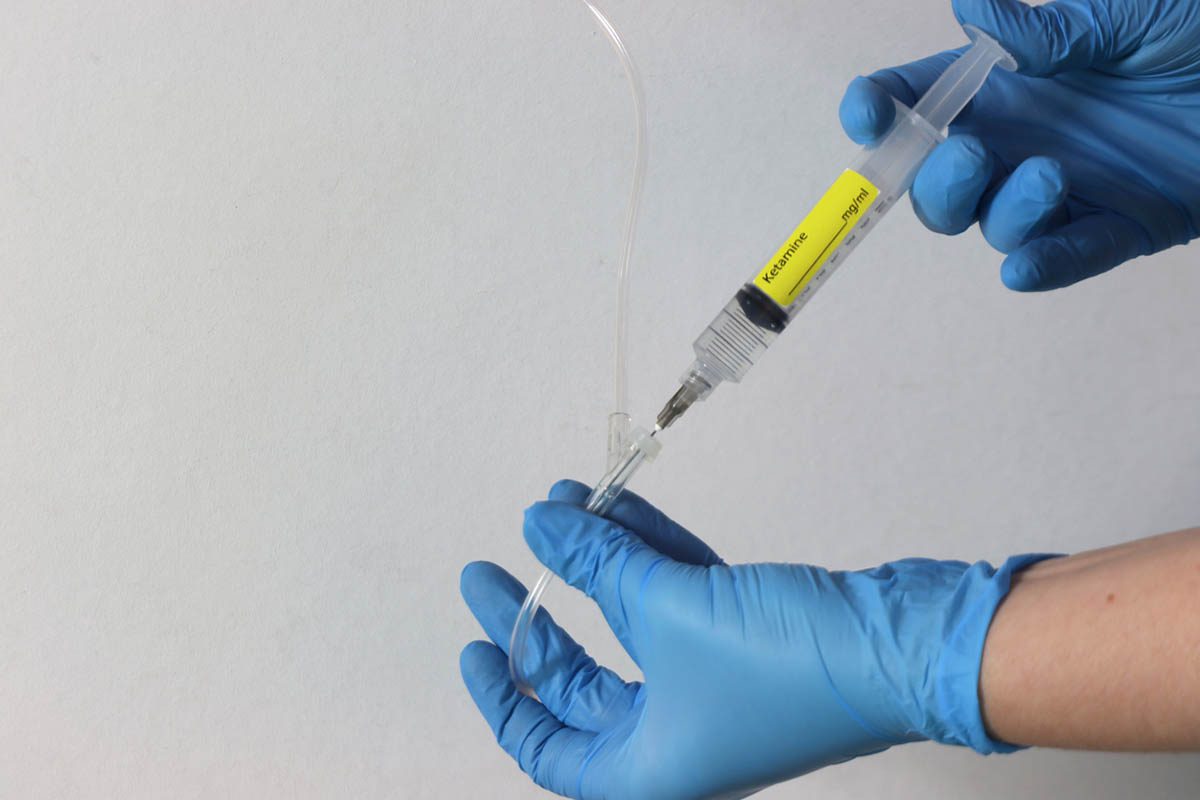Objective: Varying definitions of treatment-resistant depression (TRD) across studies make it difficult to estimate the size of the problem and to identify patients at increased risk. The aim of this cohort study was to examine the incidence of TRD, disease-related risk factors, and changes over time using different definitions of TRD.
Methods: From 1996 through 2014, all patients with a first-time hospital contact for depression (ICD-10 codes F32 and F33) were identified in Danish National Patient Registries. A total of 211,689 patients were followed for shifts in antidepressant treatment in the Danish Patient and Prescription Registries. TRD was defined at the second shift in treatment during the first 12 months after diagnosis. The associations of year and type of hospital contact, depression subtype, and severity of TRD were analyzed using Cox proportional hazard regression.
Results: A total of 14.0% of patients experienced a second shift in antidepressant treatment during the first year after admission. When applying 3 other common TRD definitions, the proportion varied from 13% to 31%. Psychiatric inpatients and patients with recurrent or severe depression had the highest incidence of TRD. The incidence of TRD was also slightly higher in patients diagnosed after 2001. All associations were replicated when data were reanalyzed using the alternative definitions of TRD.
Conclusions: About 14% of patients with depression developed TRD during the first year after first hospital contact. The incidence was highest in patients with severe depression and was relatively stable over time. Various definitions of TRD provided different estimates of the frequency of TRD but were all associated with disease severity.
Members Only Content
This full article is available exclusively to Professional tier members. Subscribe now to unlock the HTML version and gain unlimited access to our entire library plus all PDFs. If you’re already a subscriber, please log in below to continue reading.
Please sign in or purchase this PDF for $40.00.
Already a member? Login





